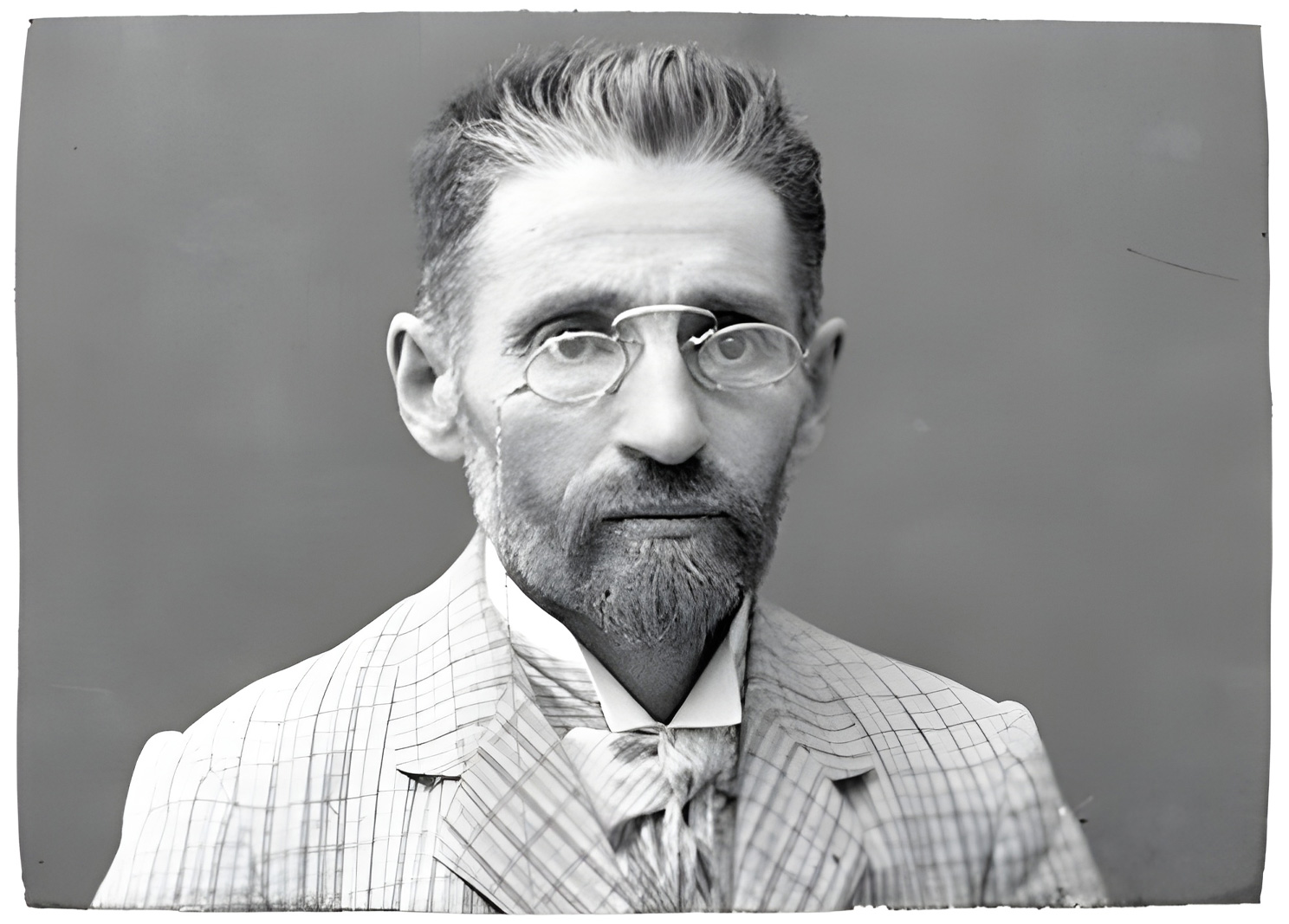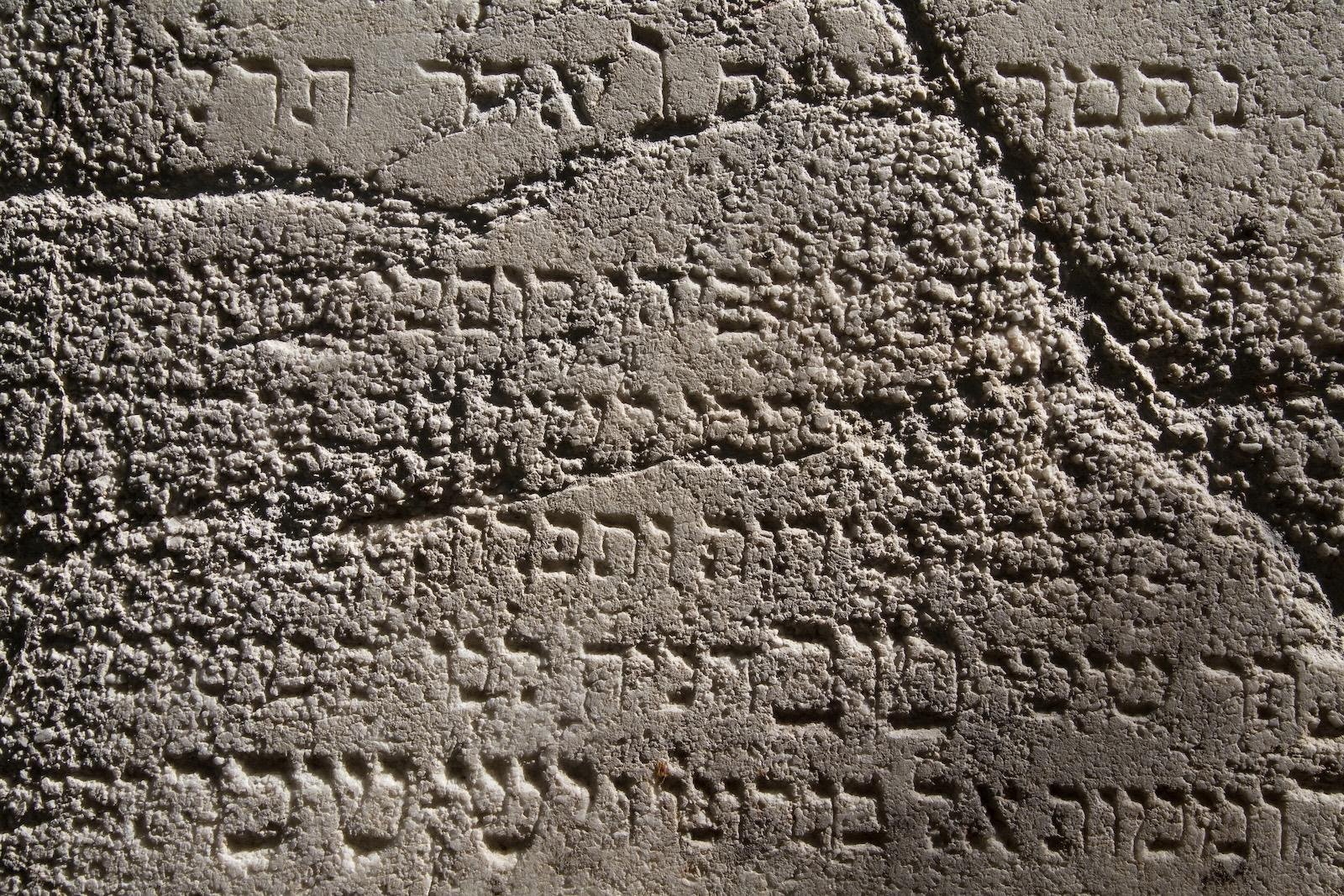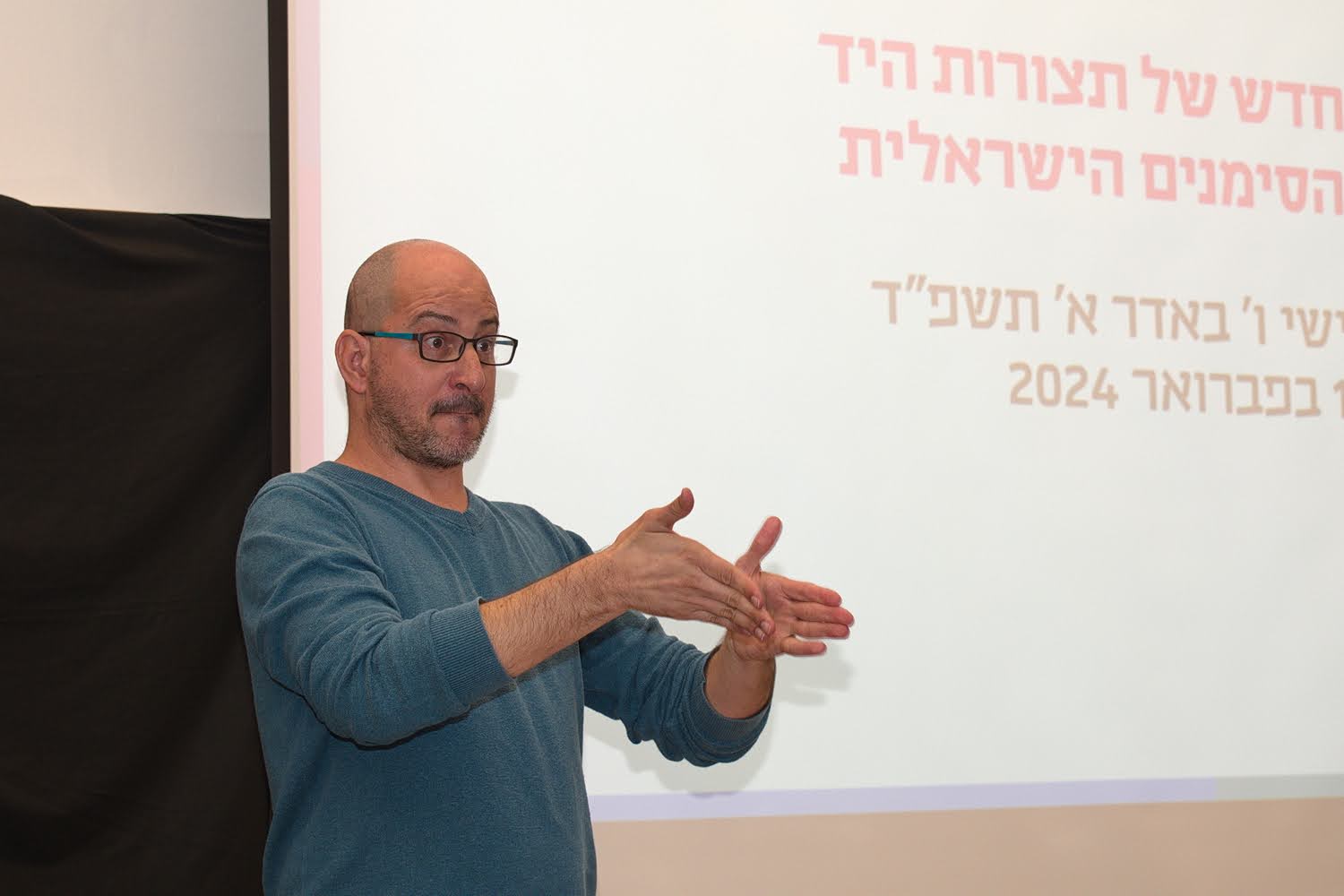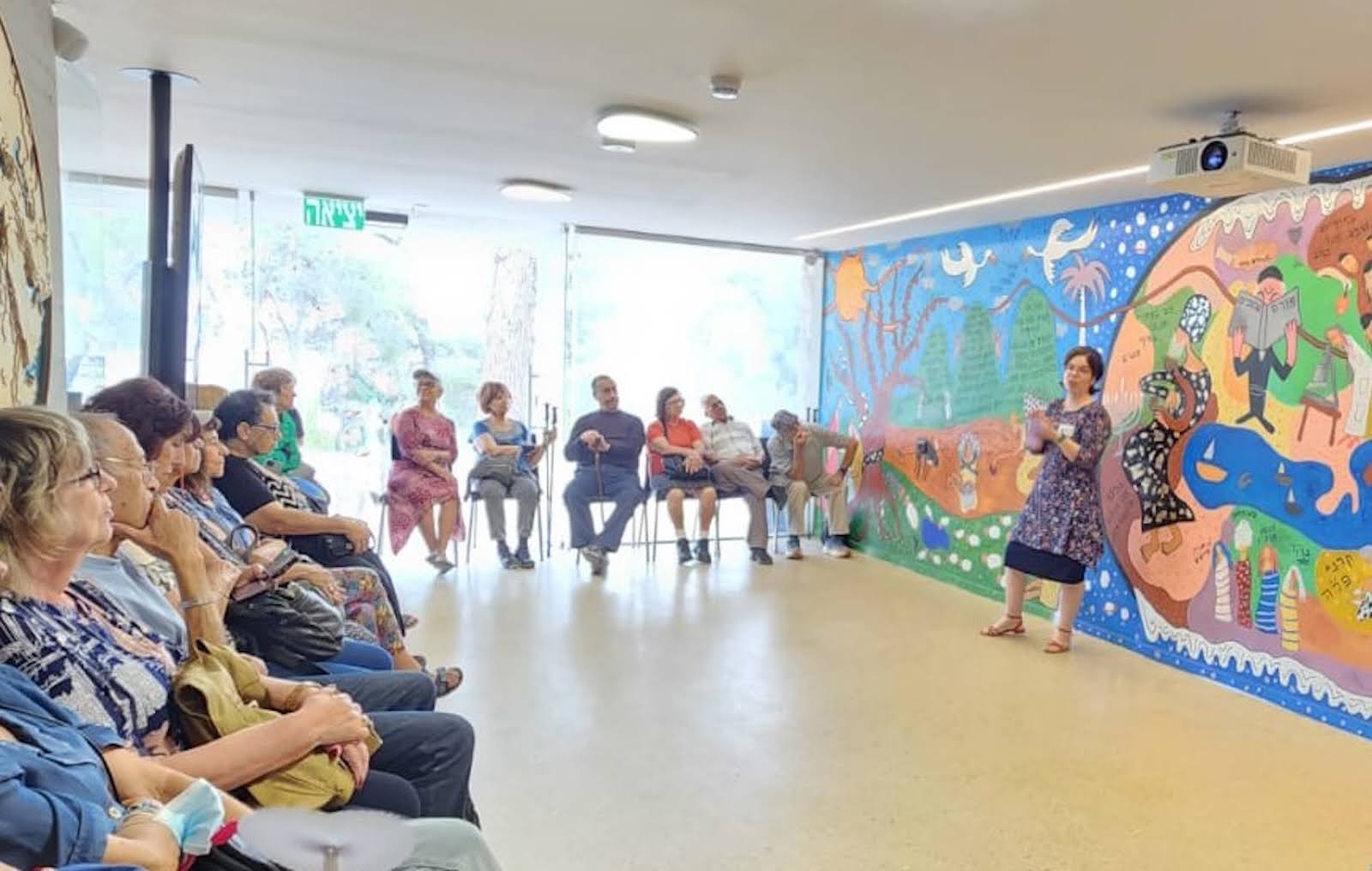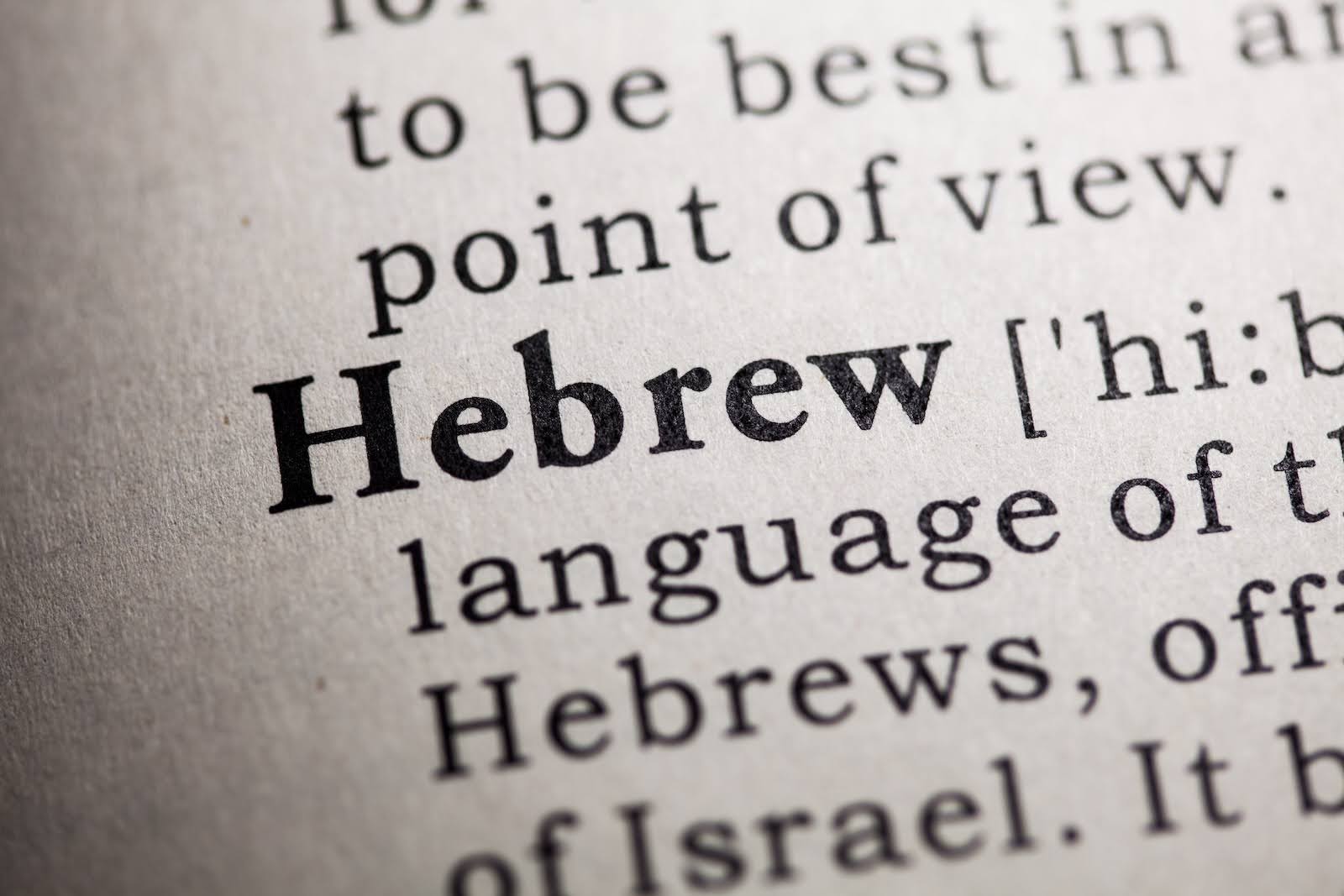
The Historical Dictionary Project
As a revived language with an ancient origin, rich history, and ever-changing present — it’s essential to preserve the past to protect Hebrew’s bright future. That’s why The Academy of the Hebrew Language delved into the Historical Dictionary Project (HDP) – an advanced Hebrew dictionary, database, and archive. Keep reading to learn about this fascinating project, its history, and the indispensable resources it offers us today.
The Project
In the 1950s, the Academy formally began the HDP to compile the history and development of Hebrew from its earliest words to those still being implemented today. The project provides an extensive Hebrew dictionary including the meanings and morphology of words over time, along with the beginning and end of their usage.
The History
Serving from 1956-1992, Prof. Ze’ev Ben-Hayyim was the HDP’s founder and first editor — playing an essential role in determining the vision for the project. Between 1957 and 1958, Ben-Hayyim visited similar projects throughout Europe to learn and report back to the Academy’s Historical Dictionary committee — returning with a revolutionary action plan: computerization.
The Vision
While similar European projects relied on quoting texts from recent centuries, the HDP dives deeper back in time, including post-biblical Hebrew texts up until 1100 CE and literature from then on — until the founding of the State of Israel. Their vision was to create an archive as well as a comprehensive computerized database of all relevant Hebrew texts.
The Process
To begin this huge undertaking, the Academy started with texts from the post-biblical period. As a result, the database reflects more than 2,000 years of Hebrew writing. After fifty years working on the project, there was finally enough material to begin the writing of entries in 2005. Based on the best possible manuscripts, the texts are entered into the database by three Academy researchers, and subsequently analyzed by another three workers.
The Sources
Ancient Literature
Based on the best manuscript witnesses from libraries worldwide, the Historical Dictionary Project has compiled Hebrew compositions from the post-biblical era to the end of the Geonic Period — based on inscriptions, coins, the Judean Desert scrolls, liturgy, Talmud and Midrash, poetry, Karaite literature and Gaonic texts. While most of the original manuscripts no longer exist, the most faithful examples of ancient Hebrew are unmediated — coming from archeological excavations of tombstones, synagogue dedications, coins, and seal impressions.
Medieval Literature, Prose, and Poetry
Over the last decade the HDP began working on literature from the Medieval period such as Spanish Jewish poetry and rabbinic literature from 1050 to 1550. The literature of this period reflects the extent of the large dispersion of the Jewish people during this time, and the literary variety that resulted. The HDP also includes prose, specifically selected 11th- to 16th-century rabbinical works including halakhic, exegetical, and homiletical works from various traditions and periods with a great influence on future generations.
Modern Hebrew Literature
In 1969, the HDP began compiling modern Hebrew works beginning with the Haskalah period (mid-eighteenth century) in Germany up to the State of Israel’s founding. By 2009, it also included Hebrew literature from Italy and Amsterdam from the fifteenth century on. While there is too much material to fully catalog, the HDP includes a wide variety of sources such as belles-lettres, scientific, natural, and medical texts, history, geography, journalistic works, periodicals, and more.
The Archive
From its establishment, the HDP intended to expand upon its goal of creating a Hebrew dictionary with an archive of the Hebrew language. By 2010, the Academy had fully integrated the Hebrew texts from the post-biblical period and through the 11th century in their database. More than just individual words, the archive also includes complete texts — carefully copied according to the best available manuscripts. The archive has the ability to perform grammatical analyses, concordance searches, and contains unique texts. Today, it is an essential resource for researchers of Hebrew literature and language.
The Database
Today, the Academy’s vision for the HDP has come alive – with a near-comprehensive computerized collection of the available ancient and modern Hebrew literature, made available online through the Ma’agarim database of the Historical Dictionary Project website. Currently, The database contains over 600 texts of varying length with around 10 million words by about 100 writers — spanning over two thousand years of Hebrew writing, with concordance entries for about 33% of these compositions.
At Friends of the Academy of the Hebrew Language, we are so proud of, and grateful for, the extensive work the Academy has done to protect and preserve the Hebrew language. That’s why we’re dedicated to supporting and uplifting their incredible work in any way possible. Explore our website to join us in our mission — become a friend or support the Academy today!
The history of the Hebrew language is rich, beautiful, and complex. To learn more, read our Hebrew history timeline: Hebrew through the ages!
The history of the Hebrew language is rich, beautiful, and complex. To learn more, read our Hebrew history timeline: Hebrew through the ages!
Learn the fascinating story of Israeli Sign Language, its inception, its ongoing development and its place in inclusive education.
Learn about the Academy of the Hebrew Language’s Cultural & Educational Center, a hub of knowledge for Hebrew’s history, revival and development.

